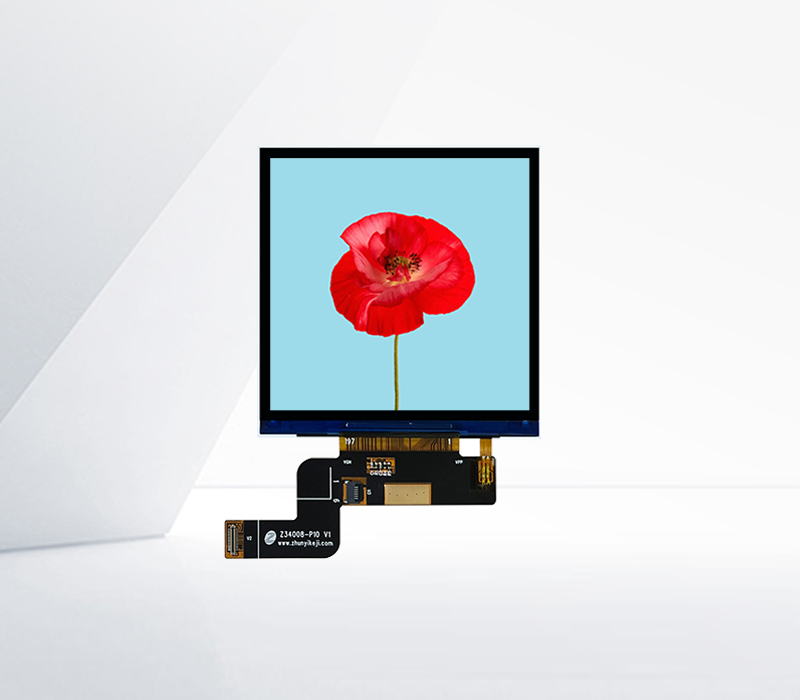



Narrow Viewing Range LCD Displays
Narrow - viewing - range LCD displays share some similarities with small - viewing - angle LCDs but also have distinct features.
The narrow viewing range typically means that the acceptable viewing angles are limited in both the horizontal and vertical directions. In a narrow - viewing - range LCD, the quality of the image can degrade rapidly even with a small deviation from the optimal viewing position. For instance, in some older - generation laptop LCD screens, if you try to tilt the screen up or down slightly, the colors may start to change, and the contrast may become uneven.
This narrow viewing range can be a significant issue in applications where the user may need to adjust the screen position for comfort or different tasks. In a home entertainment setup, if the LCD display has a narrow viewing range, it can be difficult to find a comfortable viewing position for everyone in the room. This is especially true when people are sitting at different heights or angles around the display.
In addition, in industrial or automotive applications, a narrow - viewing - range LCD can be a problem. In a car, for example, the driver and passengers may need to view the LCD display (such as the infotainment screen) from different angles. If the viewing range is too narrow, it may be difficult for the passengers to see the screen clearly, and the driver may also be distracted by the need to adjust their position to view the display properly.
Manufacturers are constantly working to improve the viewing range of LCD displays. Newer technologies and manufacturing techniques are being developed to widen the viewing angles and ranges. However, narrow - viewing - range LCDs still exist in the market, often in lower - cost products where the trade - off between cost and viewing performance is made in favor of cost - savings.

